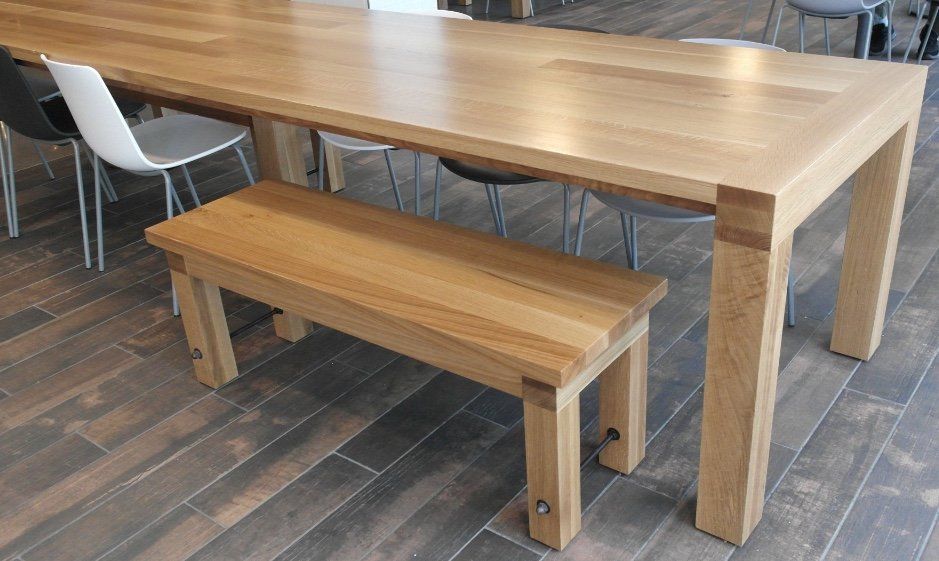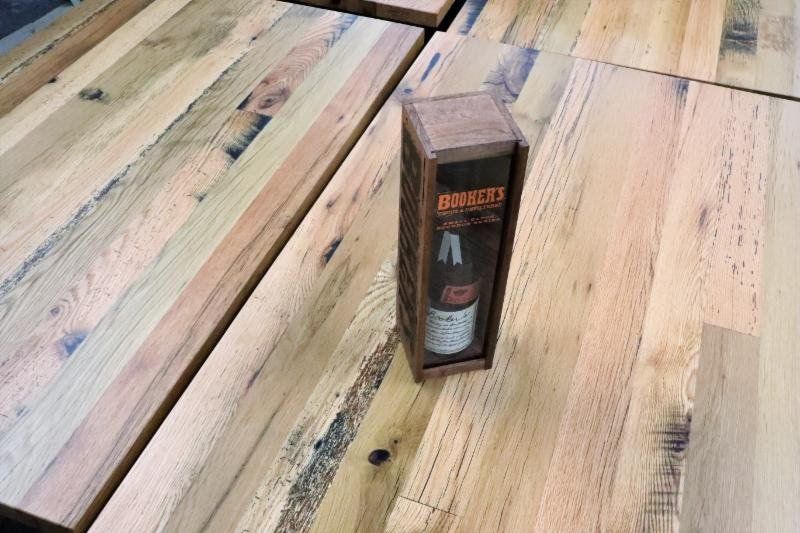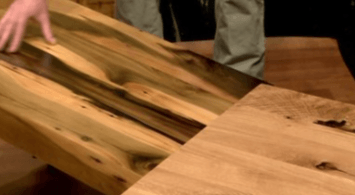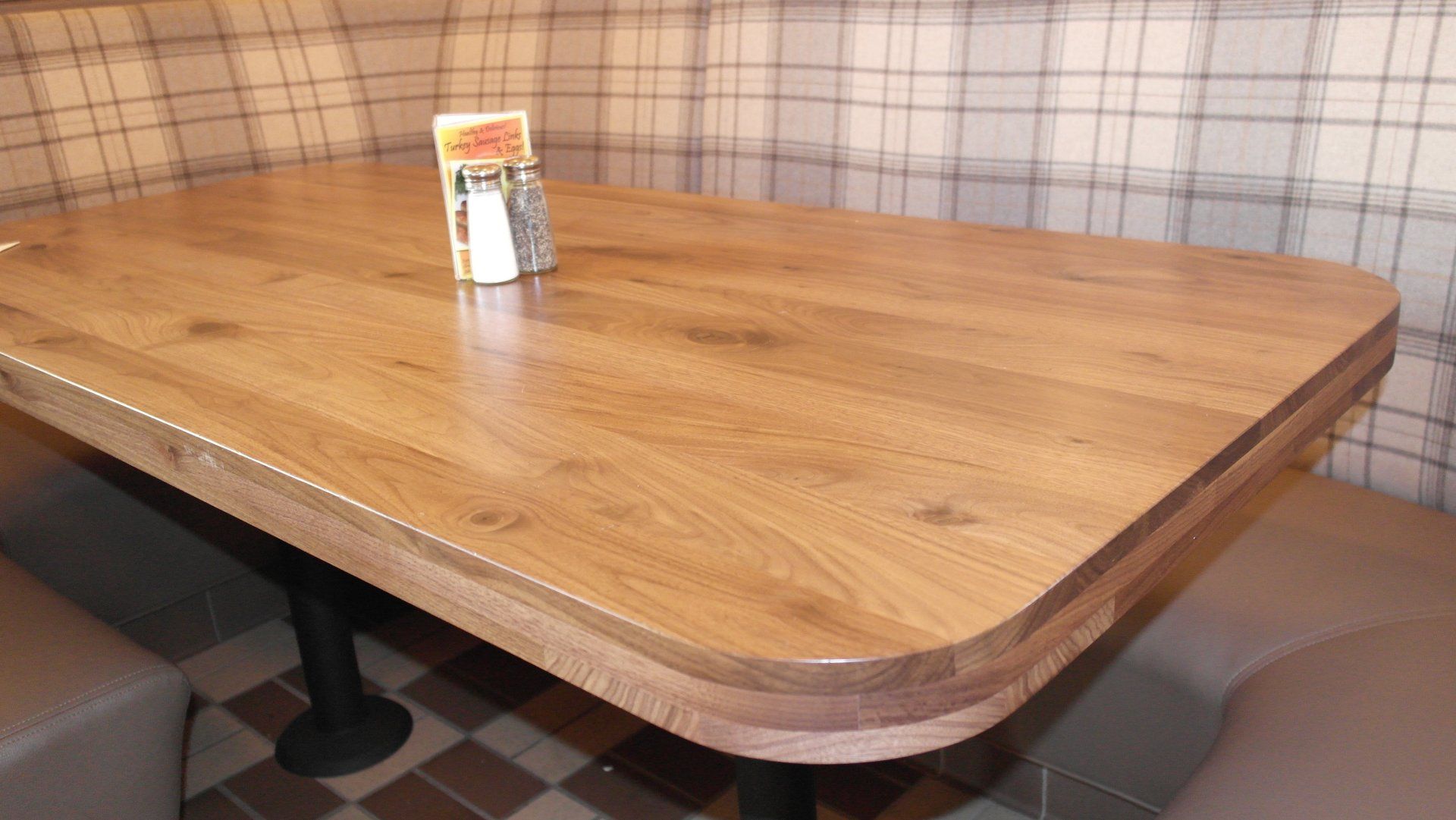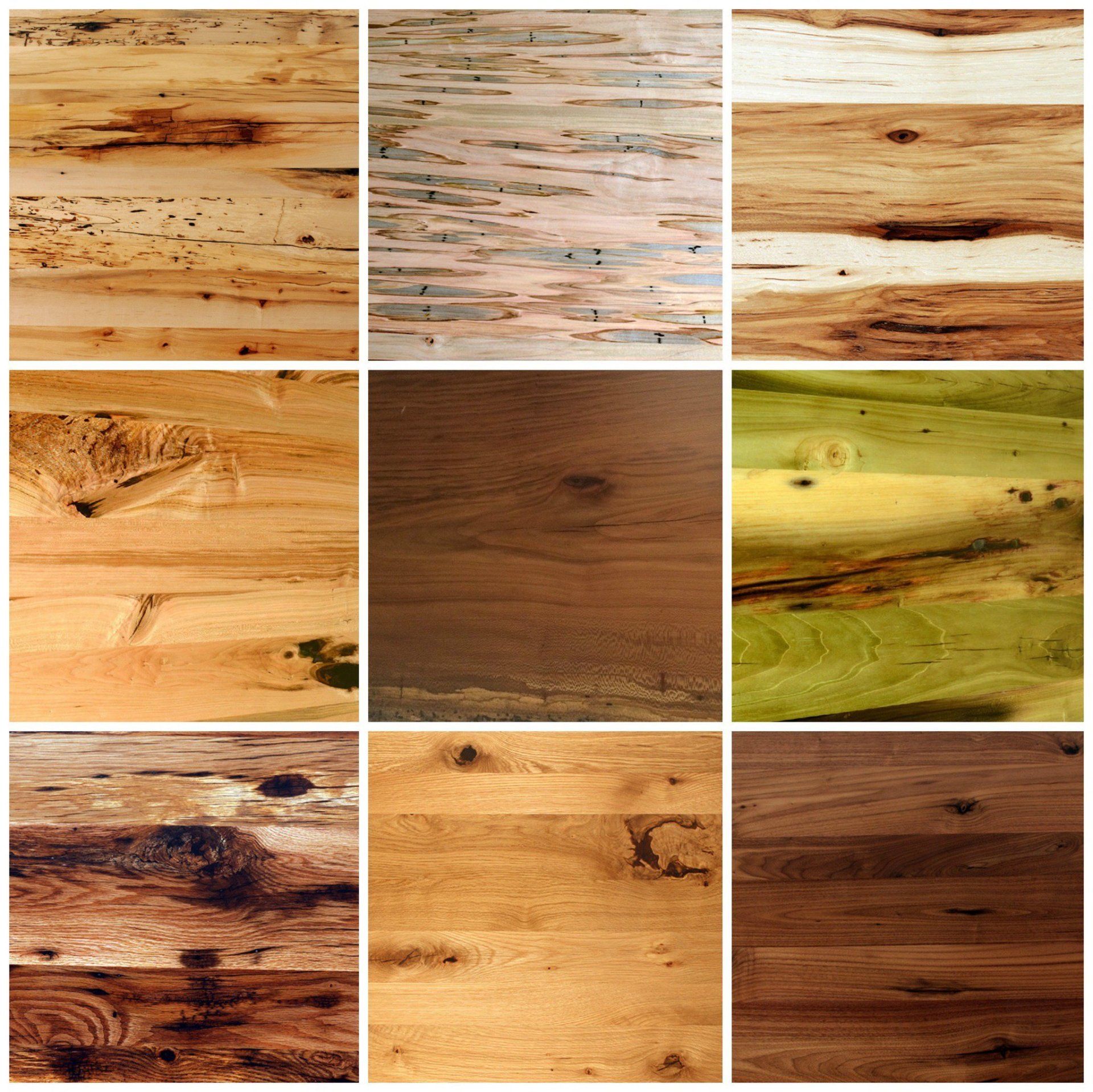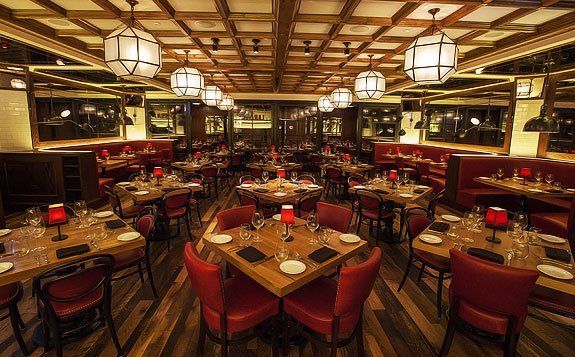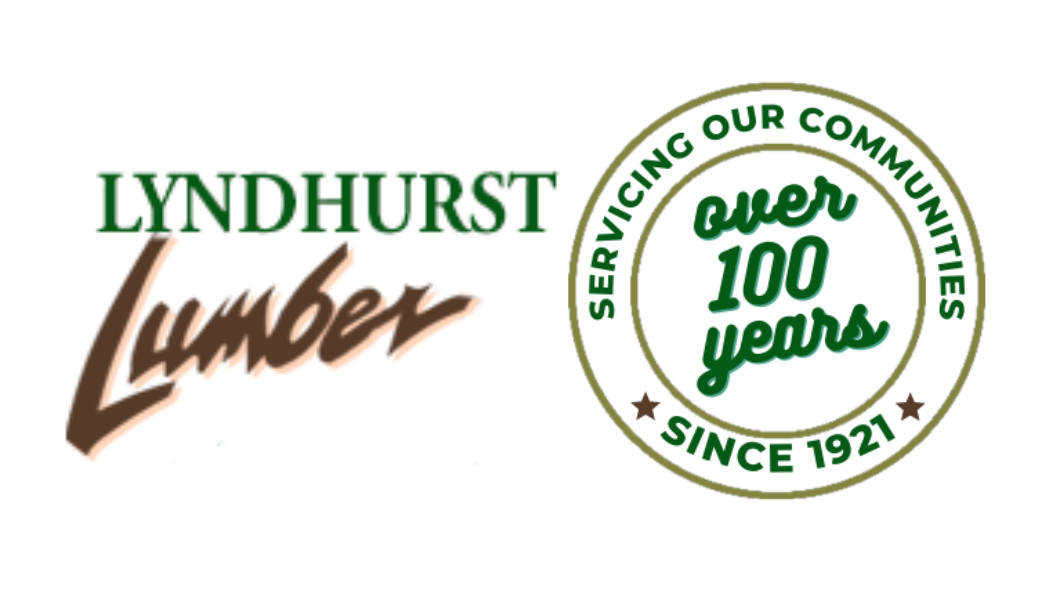Reviving the Redwoods of the East: American Chestnut Trees
Welcome to Reclaimed Table’s brand new website and our inaugural blog post! It’s Lori, here, the social media and marketing intern, looking to share some tidbits about what we know best: furniture, design, and sustainability. We also want you to see who we are behind the sawdust masks and staining sprayers. From craftsmen, to welders, to architects, to marketers, we have a lot to share and are eager for you to join us.
We’d like to use this first post to take the opportunity to pay homage to the one and only source for our wood, trees, of course, and one tree species in particular that’s about to make a comeback.

One species of tree, the American chestnut, did just that. Reliable, late-blooming trees, American Chestnuts provided ten times the number of chestnuts as oaks did acorns, offering pools of chestnut feasts for both wild animals, as well as farmers’ livestock. People were also members of the chestnut bandwagon, incorporating the nuts into their meals. Furthermore, the chestnut lumber industry was strong, due to chestnut wood’s lightweight, rot-resistant nature, which makes it easy to work with.
The trees sprawled over 200 million acres of forests, growing from Maine to Mississippi. They were the redwoods of the East, with the largest chestnut tree ever recorded measuring 27 feet across the stump.
If you happen to have ever hiked in the Appalachian mountains or elsewhere along the East Coast of the United States, you may be asking yourself, “Where were the American chestnut trees?” or, at the very least, “Where were the pools of chestnuts? I could have really used a snack.” I hate to be the bearer of bad news, especially when it concerns anything food-related, but sadly, when Asian chestnut trees were imported to the United States in the late 1800s, they brought with them a fungal disease. This fungus, Cryphonectria parasitica, lethally infected American chestnut trees, nearly eradicating them.

Now, you may be thinking to yourself, “Can we restore these trees and the ecosystem?” Or, perhaps less important, but still a viable consideration, “I just want to make some good, old-fashioned American chestnut bread. Am I out of luck?” Fortunately, it’s becoming pretty clear that the ingredients for your chestnut baking adventures will be homegrown once again. The American Chestnut Foundation, TACF, founded in 1983, is focused on developing a blight-resistant American chestnut tree. TACF created a backcross breeding program, in order for the American chestnut tree to gain the blight-resistance of the Chinese chestnut tree without losing any of its own characteristics. The first potentially blight-resistant chestnuts were harvested in 2005, and TACF is continuing testing.
TACF is confident that blight-resistant American chestnuts will be able to be reintroduced to their native forests and will soon flourish. Never fear, we can look forward to having some local chestnuts roasting on an open fire for many Christmases to come.
